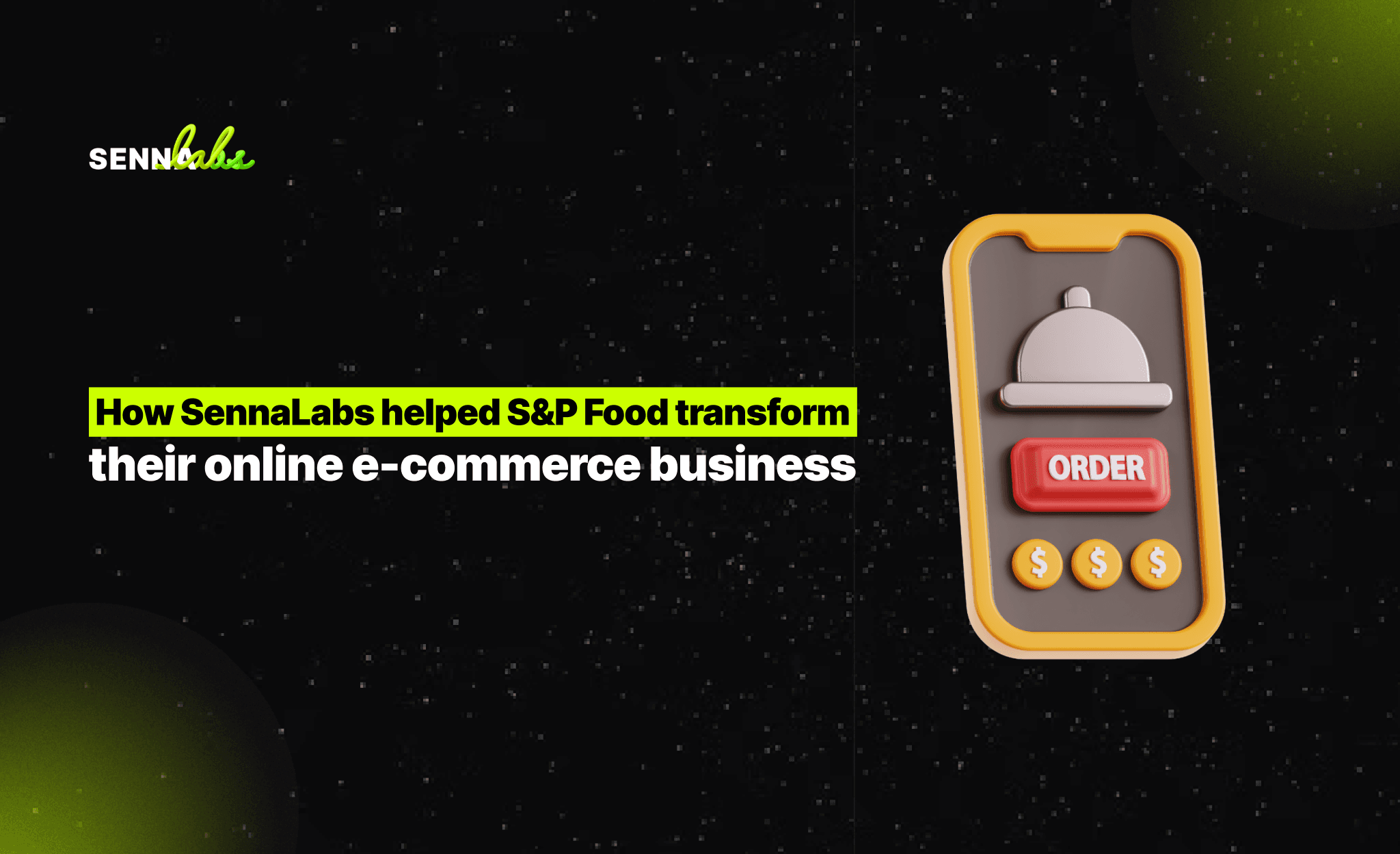SEO for Multilingual Websites: What You Need to Know
Share

Creating a multilingual website is a great step toward reaching global audiences—but if your international content isn’t optimized for search, it may never be seen. Search engine optimization (SEO) for multilingual websites is about more than just translating keywords. It involves technical implementation, content strategy, and localization that work hand-in-hand.
A well-executed multilingual SEO strategy can dramatically boost visibility in new markets, drive traffic from multiple regions, and improve user experience for non-native speakers. In this article, we’ll explore the key elements of multilingual SEO, including hreflang tags, language-specific sitemaps, and keyword localization, along with a real-world example of how a regional news outlet doubled its Japanese traffic in just six months.

Why Multilingual SEO Is Different
SEO for multilingual sites goes beyond normal on-page optimization. Search engines need to:
-
Identify the correct language of each page
-
Serve the right page to users in different regions
-
Understand the relationship between different language versions of the same content
-
Index translated content separately for ranking in different search result pages
Without a proper multilingual SEO setup, your site may suffer from:
-
Duplicate content issues
-
Incorrect page versions showing in search results
-
Poor rankings in local markets
-
Confused users and high bounce rates
Let’s look at the three pillars of an effective multilingual SEO strategy.
1. Use Hreflang Tags Correctly
Hreflang tags are HTML attributes or HTTP headers that tell search engines which language and regional version of a page to show based on the user’s preferences.
For example, you may have:
-
An English page for the U.S.
-
A different English page for the U.K.
-
A Japanese version for users in Japan
The hreflang tag informs Google that these are equivalent pages in different languages or regions, helping the search engine show the correct one in the appropriate market.
Best practices:
-
Include hreflang tags in the HTML head of each page
-
Reference every language version, including the current one
-
Use proper language-region codes (e.g., en-us, ja-jp)
-
Always link back to the canonical version of the page
-
If you support many languages, consider using hreflang in XML sitemaps for easier management
Common mistakes to avoid:
-
Missing hreflang for alternate versions
-
Pointing to the wrong URLs or to broken links
-
Inconsistent implementation between pages
Proper hreflang use ensures search engines deliver the right content to the right audience, reducing bounce rates and improving relevance.
2. Create Language-Specific Sitemaps
Sitemaps help search engines discover and crawl your content efficiently. For multilingual websites, language-specific sitemaps improve crawlability and allow better control over indexing.
What to include:
-
A separate sitemap for each language version of your site
-
hreflang tags within the sitemaps (optional but recommended)
-
URLs for all translatable pages: home, product pages, articles, contact, etc.
Submit each sitemap to Google Search Console and Bing Webmaster Tools under their respective properties. This helps search engines understand your site structure and serve the appropriate language versions to users based on location and browser preferences.
3. Localize Keywords—Don’t Just Translate Them
Keyword localization is perhaps the most underestimated element of multilingual SEO. Simply translating your English keywords into another language can lead to irrelevant or low-performing search terms.
Localization involves researching how users in different regions search for the same product, topic, or service. Cultural and linguistic differences often mean completely different keyword behavior.
Example:
-
The English keyword "cheap flights" might be translated literally into Japanese, but the actual high-performing search term may be more colloquial or different in structure.
How to localize keywords:
-
Use tools like Google Keyword Planner, Ahrefs, or SEMrush with local language settings
-
Partner with native-speaking SEO professionals or translators
-
Analyze competitors in local markets
-
Adapt keyword usage in URLs, headers, meta descriptions, and image alt text
The right localized keywords will ensure that your translated pages rank well and attract qualified traffic.
Real-World Example: News Outlet Doubles Japanese Traffic with SEO
A regional news outlet in Southeast Asia had recently translated its political and economic articles into Japanese. However, after launching its Japanese section, traffic remained flat—despite a significant investment in translation and editorial work.
What they found:
-
Japanese articles had missing or incorrect hreflang tags
-
There was no Japanese-specific sitemap submitted to Google
-
Keyword research was based on English terms, directly translated
-
Page titles and meta descriptions did not include high-volume Japanese search terms
What they changed:
-
Implemented proper hreflang tags across all Japanese pages
-
Created and submitted a language-specific sitemap
-
Hired a native Japanese SEO consultant to research and revise keyword strategy
-
Rewrote meta descriptions and titles to match local search trends
-
Improved internal linking between Japanese articles
Results after six months:
-
Japanese organic traffic doubled
-
Page engagement metrics improved significantly
-
The outlet was picked up by local aggregators, driving more backlinks
-
Their Japanese section became one of the top drivers of international traffic
Final Checklist for Multilingual SEO Success
-
Plan your URL structure carefully (subdirectories, subdomains, or ccTLDs)
-
Use hreflang tags consistently on every language version
-
Submit language-specific sitemaps to search engines
-
Do proper keyword research in each target language
-
Ensure localized meta tags and on-page elements match search intent
-
Check that pages are fully crawlable and indexable
-
Localize structured data, if applicable (e.g., product schema, breadcrumbs)
Conclusion
Multilingual SEO isn’t just a technical exercise—it’s a competitive advantage. When you align your content, metadata, and search strategy with how users in each market behave, you unlock real growth potential.
By implementing hreflang tags, submitting language-specific sitemaps, and localizing keywords, your multilingual website can rank well, attract the right audience, and create meaningful engagement in every language you support.
Just translating your content isn’t enough. Optimizing it for search in every market is what takes your site from multilingual to truly international.

Share

Keep me postedto follow product news, latest in technology, solutions, and updates
Related articles
Explore all


